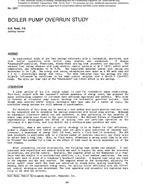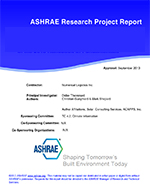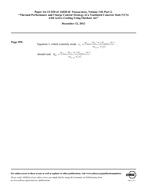Data center facilities that house computer equipment represent a high capital investment and are typically designed to function for at least a few years, often without any down time. The computer equipment is usually designed with the assumption of rack air inlet temperatures in the 20-30°C range. Although there are many different perspectives for optimizing such a computing facility, ensuring device reliability by delivering uninterruptible power and cool air to the inlet of the electronics remains the most important goal. The objective of this paper is to compare two dominant airflow designs, namely, underfloor supply (raised floor) and overhead supply, with specific focus on the rack air inlet temperature. Numerical models of two data center sections, representing underfloor air supply and overhead air supply designs, were constructed utilizing commercial software, and the data generated from a parametric study were analyzed. The model constitutes a halfsymmetry section of a 40-rack data center that is arranged in a cold aisle/hot aisle fashion. Temperature data were collected at several locations at the inlet to the racks. The effects of two different airflow designs (raised floor versus non-raised floor), supply airflow fraction, location of rack, and height of measurement were studied.
Units: Dual
Citation: ASHRAE Transactions, Vol. 113, pt 1, Dallas 2007
Product Details
- Published:
- 2007
- Number of Pages:
- 11
- File Size:
- 1 file , 4.4 MB
- Product Code(s):
- D-DA-07-013


